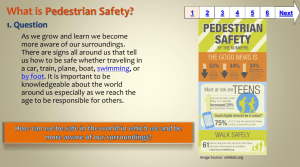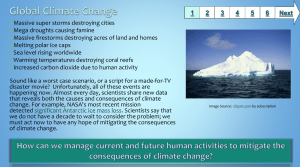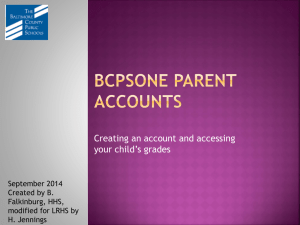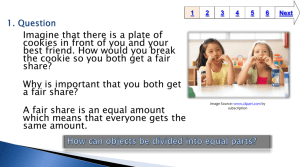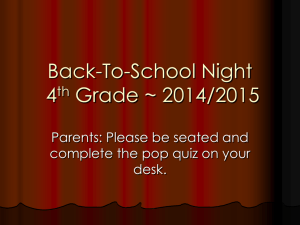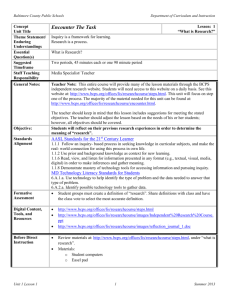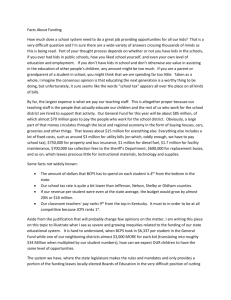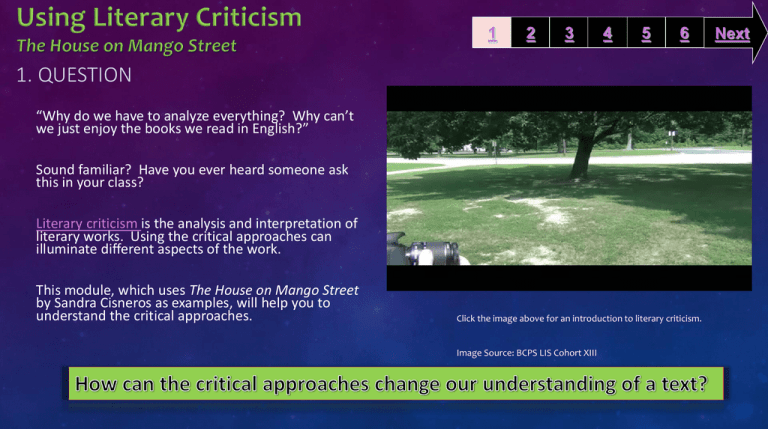
1
2
3
4
5
6
1. QUESTION
“Why do we have to analyze everything? Why can’t
we just enjoy the books we read in English?”
Sound familiar? Have you ever heard someone ask
this in your class?
Literary criticism is the analysis and interpretation of
literary works. Using the critical approaches can
illuminate different aspects of the work.
This module, which uses The House on Mango Street
by Sandra Cisneros as examples, will help you to
understand the critical approaches.
Click the image above for an introduction to literary criticism.
Image Source: BCPS LIS Cohort XIII
Next
2. INFORMATION SOURCES
General Resources
• BCPS Literary
Criticism Primer
(entire guide)
• BCPS Literary
Criticism Questions
• Summary of The
House on Mango
Street
Philosophical
• BCPS Guide
• How does the text
show “the world is
made up of tiny
matters?”
1
2
3
Biographical
• BCPS Guide
• Overview
• Read “Straw into
Gold” from
Adventures in
Reading (in many
BCPS buildings): What
elements from her life
did she incorporate
into the text?
Historical
• BCPS Guide
• New Historicism
• How is the barrio a
“repressive
community?” How
did it reflect the
barrio of her youth?
• “My Purple House”“We don’t exist.”
Sociological/Marxist
• BCPS Guide
• Overview of Marxism
• Revisit “A Rice
Sandwich.” How does
her exchange with the
nun show economic
conflict?
Psychological
• BCPS Guide
• Overview of
psychoanalysis
• Does the Spanglish
reflect “insecurities?”
Archetypal
• BCPS Guide
• Jung
• “la Virgen de
Guadalupe: How does
the text reflect
archetypes?”
Formalistic
• BCPS Guide
• Overview of
formalism
• What is the
importance of the
similarity between the
beginning and the
end of the story?
4
5
6
Next
Feminist
• BCPS Guide
• Overview of feminist
approach
•
•
How is the text “about a
woman in her twenties
coming to her political
consciousness as a
feminist woman of
color?”
“We wanted those high
heels. But we didn't
realize all the baggage it
brought with it.” (NPR)
Deconstructionist
• Overview
• Derrida
• Look at the order of
the vignettes. Is the
order significant?
3. STUDENT ACTIVITY
1
2
3
4
5
6
Next
Using the resources on slide 2,
complete the organizer. Consider how
the approach could be applied to the
text (ideas are in italics). Then read the
article and annotate it for critical
approaches (Soc. for sociological, phil.
for philosophical, etc.).
• What approach was most prevalent
in the article?
• What evidence led you to your
conclusion?
• How is it possible to have multiple
approaches within a literary
analysis?
Sandra Cisneros at the 9th Los Angeles Times Festival of Books
Image Source: Discovery Education, by subscription. Magnifying glass
image source: clipart.com, by subscription.
4. ASSESSMENT ACTIVITY
1
2
3
4
5
6
Read one of the excerpts from
The House on Mango Street. Select
a critical approach and analyze the
vignette in a well-developed
paragraph. Be sure to cite text
from the story to support your
analysis.
Your paragraph will be scored
using this rubric or another
method as specified by your
teacher.
Sandra Cisneros
Image Source: Gale Literature Reference Center, by
subscription.
Next
5. ENRICHMENT ACTIVITIES
1
2
3
4
5
Use a technology tool to
create a video or digital
presentation to teach others
about one of the critical
approaches.
Consider using Prezi,
Animoto, the app Magisto, or
another tool as approved by
your teacher.
Image Source: Clipart.com, by subscription.
6
Next
6. TEACHER SUPPORT MATERIALS
Grade Level and Content Area
BCPS Curriculum: English 9
Common Core State Standards
Reading: 1. Read closely to determine what the text says explicitly and to make logical inferences from it; cite
specific textual evidence when writing or speaking to support conclusions drawn from the text.
Writing: 7. Conduct short as well as more sustained research projects based on focused questions,
demonstrating understanding of the subject under investigation.
Standards for the 21st Century Learner
1.1.6 Read, view, and listen for information presented in any format (e.g. textual, visual, media, digital) in
order to make inferences and gather meaning.
2.1.3 Use strategies to draw conclusions from information and apply knowledge to curricular areas, realworld situations, and further investigations.
ISTE NETS - National Educational Technology Standards for Students
3. Research and Information Fluency: Students apply digital tools to gather, evaluate, and use information.
b. Locate, organize, analyze, evaluate, synthesize, and ethically use information from a variety of sources
and media.
4. Critical Thinking, Problem Solving, and Decision Making: Students use critical thinking skills to plan and
conduct research, manage projects, solve problems, and make informed decisions using appropriate
digital tools and resources. c. Collect and analyze data to identify solutions and/or make informed
decisions.
1
2
3
4
5
6
Time Frame: One 90-minute lesson.
Differentiation strategies for this lesson:
•
Direct students to use learning tools included in our
BCPS-licensed databases, such as: audio read-aloud,
labeled reading levels/Lexiles, and embedded
dictionaries.
Learning Styles addressed in this lesson:
Field dependent, field independent, tactile, auditory, visual
Notes to the teacher:
• Collaborate with your school library media specialist to
implement this lesson.
• This module assumes that students have familiarity with
the plot of The House on Mango Street.
• For information on the critical approaches, use the
Secondary Writing Resources portal.
• The article on slide 3 is on an 11th-12th grade reading
level. Adjust the resources to meet the needs of your
students as needed.
Last updated: July 2014
Created by Heather Jennings, STAT teacher
BCPS Slam Dunk Research Model, Copyright 2013, Baltimore County Public Schools, MD, all rights reserved. The models may be used for educational, non-profit school use only.
All other uses, transmissions, and duplications are prohibited unless permission is granted expressly. This lesson is based on Jamie McKenzie’s Slam Dunk Lesson module.

